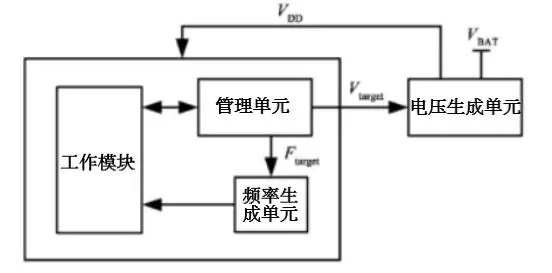What is low-power design? Is low power design necessary?
Time:2024-05-10
Views:142
Low power design is a technique that aims to reduce the overall dynamic and static power consumption of a product or integrated circuit. The goal of low-power design is to minimize the power loss of all devices as much as possible, thereby reducing the overall power consumption.


The necessity of low power design
Low power design enables the integration of a large number of functions into portable, handheld and battery-powered devices, where it is necessary to extend battery life by minimizing power consumption. Low power consumption is extremely important for user applications because end users want longer battery life.
Low power design technology
There are many low-power design techniques available, some of which are very simple to use, while others are relatively complex.
Multi-voltage technology: Multi-voltage technology is a technology that divides product functions by performance characteristics. On the product circuit board, we will divide it into high performance region and low performance region, in order to achieve the function of the high performance region, usually require higher voltage; In order to reduce the power consumption in the low performance region, lower voltages can be used. For multi-voltage designs, designing in a separate voltage region can be complicated, and voltage crossing between voltage domains requires a "level converter" unit.


Dynamic voltage technology: The voltage of the logic level can be amplified or reduced as needed to control power consumption.
Dynamic frequency technology: The clock frequency of the system clock can be raised or lowered as needed.
Clock gating: Used to turn off the system clock of certain logical blocks and turn off non-essential logic circuit switching.
Low-power algorithm: In this technology, by reducing the number of program operations and duration, thus reducing the number of hardware operating resources.
Technical difficulty
Energy efficiency optimization: How to minimize power consumption while safeguarding equipment performance and functionality is one of the core challenges of low-power technology.
Signal processing Process optimization: Optimizing data transmission and signal processing processes to reduce energy consumption during communication requires breaking down data structures and processing processes in a simpler and faster way.
Energy management: Separate the individual power supply systems of the equipment and develop an energy management system that can intelligently judge and adjust the power consumption level of each component of the equipment.
Materials and design: Explore new materials and design options to make the equipment itself more energy efficient.
Why low power technology?
Iot embedded systems often require high, low-power performance during operation to ensure long battery life, reduce public power consumption, and prevent excessive heat generation. The longer the battery life of the end product, the lower the maintenance cost, the lower the cost of replacing the battery, and the lower the labor cost. In addition, battery-powered portable devices such as mobile phones and smart watches require microelectronic circuits designed for ultra-low power consumption. The application of low-power technology can reduce battery replacement and power consumption, which is conducive to: environmental protection; Improve user experience. Users do not need to charge or replace batteries frequently, improving device usability and reliability. Promote the development of the Internet of Things industry, provide technical support for the large-scale deployment and long-term operation of Internet of Things devices, and promote the application of intelligent technology in all walks of life.
|
Disclaimer: This article is transferred from other platforms and does not represent the views and positions of this site. If there is any infringement or objection, please contact us to delete it. thank you! |











